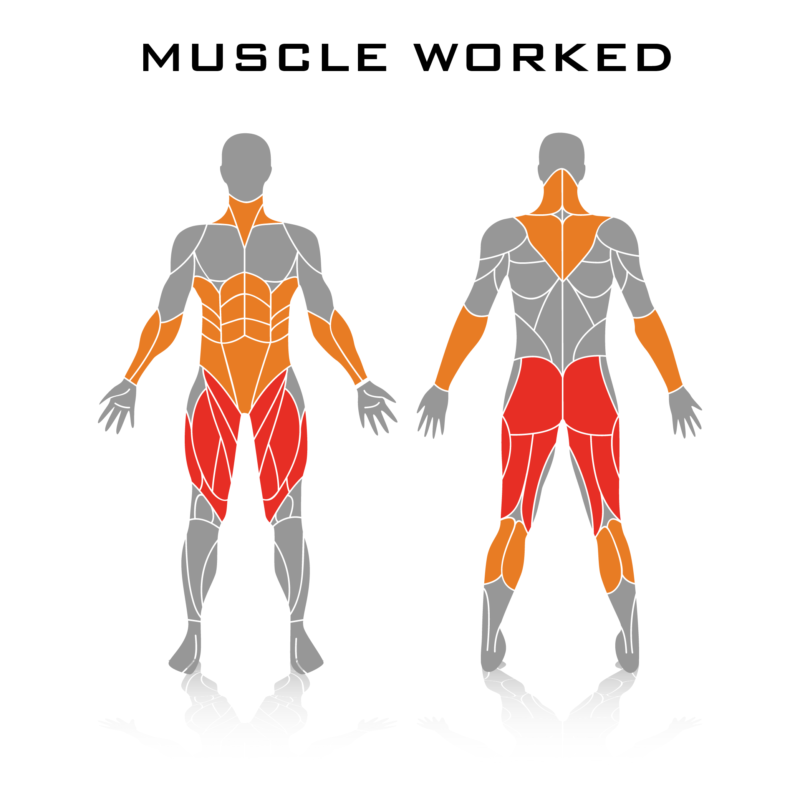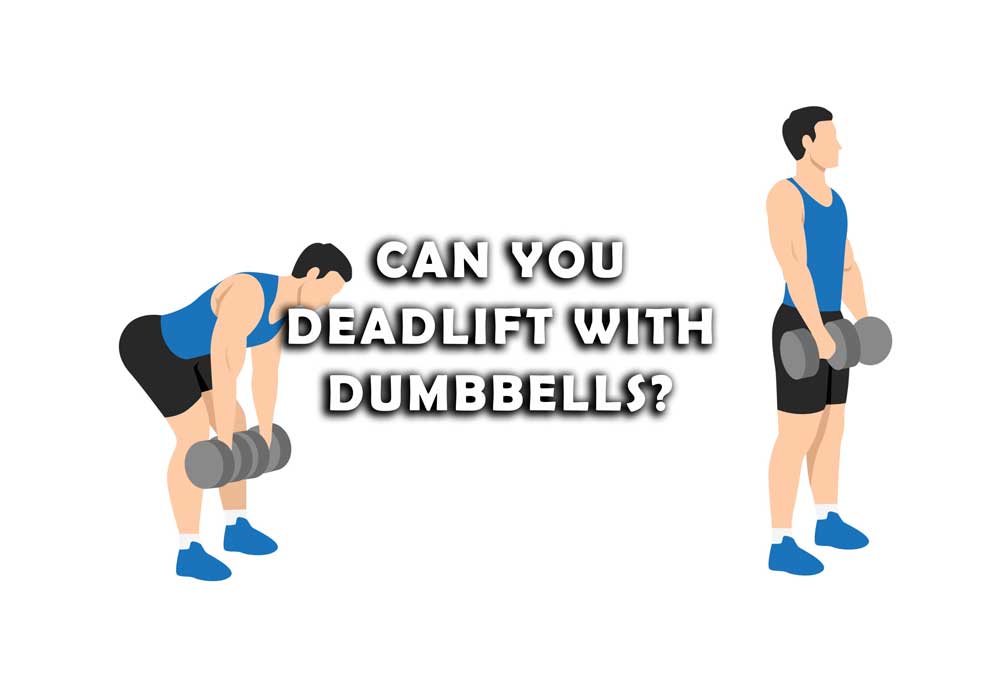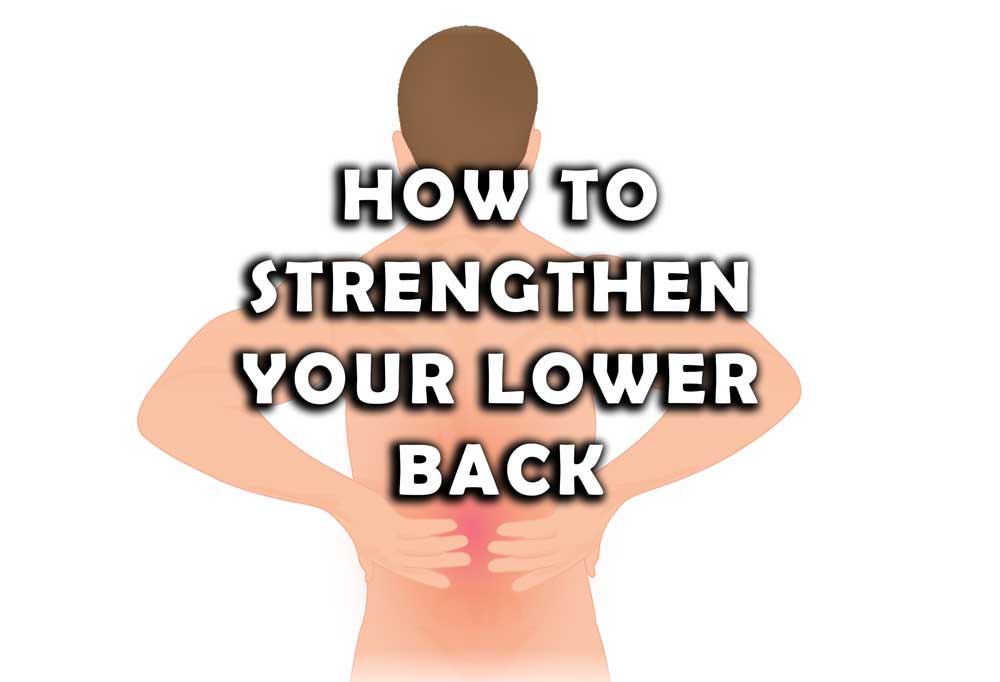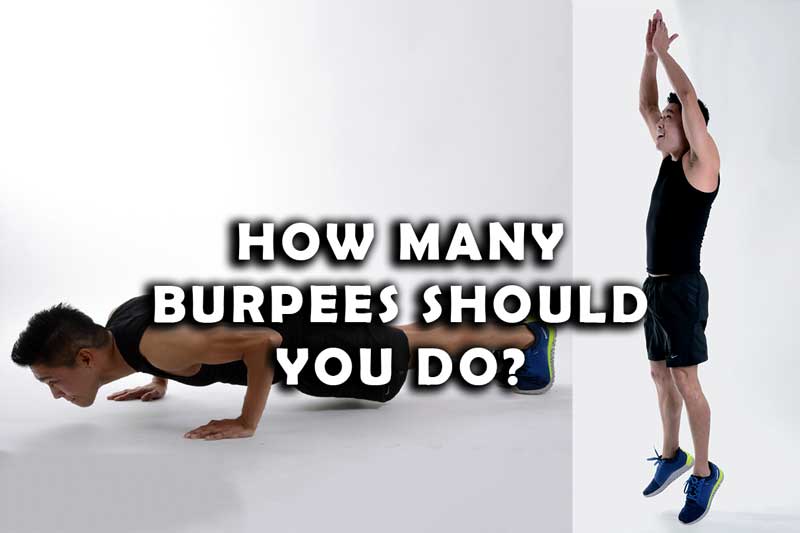Deadlifting is a compound exercise that targets multiple muscle groups and is one of the best exercises for building strength, muscle and mass. While most people associate deadlifting with a barbell, you can also do deadlift with dumbbells. If done with proper form, deadlift with dumbbells can be very effective as well.
Yes, you can easily perform deadlifts with dumbbells. If you keep in mind some of the main points needed to do a correct deadlift with dumbbells, you will never face any problem. However, here are some advantages and disadvantages of performing deadlift with dumbbells.
What is deadlift with dumbbells called?
The exercise of deadlifting with dumbbells is often referred to as “dumbbell deadlifts” or “dumbbell deads”.
Advantages of Dumbbell Deadlifts (Pros)
- Versatility: Dumbbells allow for a greater range of motion and variations during the lift. This makes it ideal for people with injuries or limited mobility.
- Increased activation: Dumbbells require more stabilizer muscles to be engaged. This helps in greater overall muscle activation and improvement in balance and coordination.
- Unilateral training: Deadlifting with dumbbells can also be performed unilaterally. This allows you to address imbalances and weaknesses in each side of the body (left and right).
Disadvantages of Dumbbell Deadlifts (Cons)
- Less weight: Dumbbells typically have less weight compared to a barbell. This can make dumbbell deadlift more challenging to progress in terms of weight lifted.
- Equipment availability: Dumbbells are often less readily available at gyms, and it may be necessary to purchase your own set.
- Inconsistent Weight Distribution: The weight distribution of dumbbells can be inconsistent. This can make it harder to maintain proper form and balance during the lift.
- Increased Risk of Injury: Dumbbell deadlifts require greater stability and coordination, often leading to improper form and technique, more likely to result in injury.
How to Perform deadlift with dumbbells
Dumbbell deadlifts need more stability and coordination compared to barbell deadlift. And if done incorrectly can hamper your posture or can lead to injury. Follow the below steps for better understanding.
- Stand with your feet hip-width apart and a dumbbell in each hand.
- Keep your back straight and bend your knees, lowering the dumbbells towards the ground.
- Then, use your hips and legs to push back up to the starting position. Keep the dumbbells close to your body throughout the lift.
- Repeat for the desired number of reps.
What muscles do deadlift with dumbbells work?
Deadlift with dumbbells is a compound exercise, i.e, it involves large muscle groups to perform it. Here are the major muscles worked while performing dumbbells deadlift.

- Glutes: The exercise, deadlifting with dumbbells, engages glutes, the primary muscle group, which are responsible for extending the hips and bringing the body back to the starting position.
- Hamstrings: The exercise engages hamstrings as well during the lift, as they assist in hip extension and help maintain stability.
- Quads: The quadriceps, or quads, work to support the knees and maintain proper form throughout the lift.
- Back: The back muscles, including the lats, erector spinae, and traps, they all work to maintain proper posture and stability during the lift.
- Core: The core muscles, including the abs and obliques, are engaged throughout the lift, helping to maintain stability and prevent excessive spinal movement.
- Arms and Shoulders: The arms and shoulders assist in holding and stabilizing the dumbbells throughout the lift.
Benefits of Barbell or Dumbbells Deadlift
Deadlifts offer numerous benefits, making them a popular choice among fitness enthusiasts and athletes. Let it be deadlift with dumbbells or barbell deadlifts, they are all very beneficial in strength and bodybuilding. Some key advantages of deadlifts include:
- Strength and Muscle Development: Deadlifts engage multiple muscle groups, promoting overall strength and muscle development.
- Functional Movement: The deadlift mimics real-life movements, such as lifting heavy objects off the ground, making it a functional exercise.
- Improved Posture: Deadlifts strengthen the posterior chain, which can help improve posture and reduce the risk of lower back pain.
- Increased Hormonal Response: Due to their intensity, deadlifts stimulate the release of growth hormone and testosterone, which can enhance muscle growth and fat loss.
- Enhanced Grip Strength: Holding onto a heavy barbell during deadlifts improves grip strength, which is beneficial for various activities, such as weightlifting and sports.
- Increased Calorie burn: Deadlifts are compound exercises, so they involve a large number of muscles to perform it. This leads to more calories burned as more muscles are being engaged together. The heavier you go the more calories you will burn and more strength you will build.
- Compound Exercise: Deadlifts with dumbbells and barbells are compound exercises and involve larger group muscles to perform them. This is good for people who want a full body workout in their routine.
Tips for Proper Dumbbell Deadlifting Form
Consider the following tips to optimize your dumbbells deadlift performance:
- Maintain Proper Form: Focus on keeping a neutral spine, engaging your core, and avoiding rounding your back during the lift.
- Start with Lighter Weights: Begin with lighter dumbbells to ensure proper form and gradually increase the weight as you become more comfortable.
- Progress Gradually: Increase the difficulty by using heavier dumbbells or performing variations such as single-leg or staggered stance dumbbell deadlifts.
- Supplement with Assistance Exercises: Incorporate exercises that target specific muscle groups, such as hip thrusts and Romanian deadlifts, to enhance your deadlift performance
Risks Involved in Dumbbell Deadlifting
- Inadequate Warm-Up: Failing to properly warm-up and stretch before deadlifting with dumbbells increases the risk of injury to the muscles and joints.
- Improper Form: Improper form, such as rounding the back or using too much weight, can lead to strain and injury to the back, hips, and knees.
- Unequal Weight Distribution: If the dumbbells used for deadlifting are not of equal weight, it can result in imbalances and increase the risk of injury.
Some variations of deadlift with dumbbells
- Single-Leg Dumbbell Deadlifts: A unilateral variation that requires greater balance and stability, targeting the muscles of the legs and back.
- Suitcase Deadlifts: A variation where you life one dumbbell by one hand, emphasizing the muscles of the obliques, hips, and legs.
- Romanian Dumbbell Deadlifts: A variation where you lift the weight to knee height, emphasizing the hamstrings and glutes.
- Sumo Dumbbell Deadlifts: A variation where take a wider stance, emphasizing the muscles of the inner thighs, hips, and lower back. Sumo deadlifts are often considered easier than traditional deadlift.
- Bent-Over Dumbbell Deadlifts: A variation where the we lift weights from a bent-over position. This emphasizes the muscles of the back, legs, and arms.
Incorporating Deadlift with DUMBBELLs into Your Routine
To incorporate dumbbell deadlifts into your training program, follow these guidelines:
- Frequency: Aim to perform dumbbell deadlifts 1-2 times per week, allowing for adequate recovery between sessions.
- Volume and Intensity: Start with lighter weights and higher reps to focus on technique and gradually increase the weight and lower the rep range over time.
- Progressive Overload: Continually challenge yourself by increasing the weight, adding sets or reps, or reducing rest periods as you become stronger.
- Supplement with Assistance Exercises: Include accessory exercises that target specific muscle groups involved in deadlifts to further enhance your overall strength and performance.
Conclusion
Deadlifting with dumbbells can be a great alternative to barbell deadlifts, offering increased versatility and muscle activation. However, it is important to maintain proper form and start with lighter weights to avoid injury. As with any exercise, it is always better to seek the guidance of a certified trainer for proper technique and progression.
Frequently Asked Questions
1) Can deadlift with dumbbells replace barbell deadlifts entirely?
While dumbbell deadlifts offer similar benefits, barbell deadlifts allow for heavier loads and greater overall muscle activation. Both cannot rel=place each other.
2) Will dumbbell deadlifts help me build a stronger core?
Yes, dumbbell deadlifts engage the core muscles to maintain stability and balance throughout the movement. This will build your core stringer.
3) Can I perform dumbbell deadlifts at home?
Absolutely! Dumbbell deadlifts are a convenient exercise that you can easily perform at home if you have access to dumbbells.
4) Should I use straps or lifting hooks for dumbbell deadlifts?
It’s generally better to first develop grip strength without relying on straps or hooks. However, if grip becomes a limiting factor, you may consider using them.
5) Can dumbbell deadlifts help with fat loss?
Dumbbells deadlift, like any resistance exercise, can contribute to fat loss by increasing overall calorie expenditure and building muscle mass. It is an compound exercise and can burn calories faster, leading to fat loss.
You might also like:
Why Does Leg Day Increase Testosterone?





